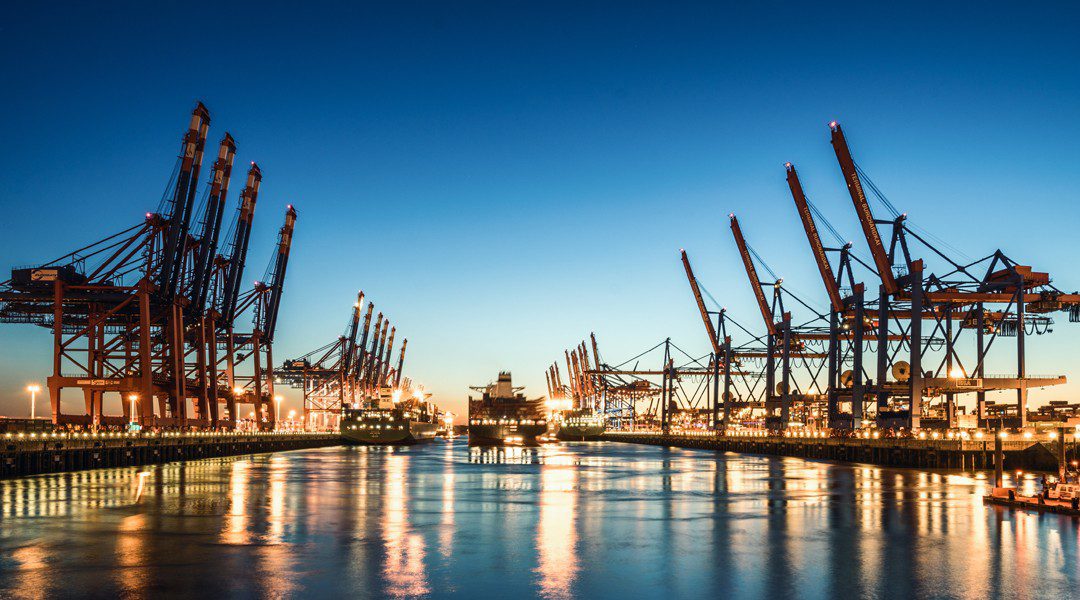In a time of labor shortages in the warehouse, conveyor automation itself can negatively impact throughput, says Todd Stewart, industry manager for Flexco.
There are hidden or “real” costs associated with reduced conveyor throughput, and many don’t realize that, especially at the executive level, Stewart says. “Some of those costs can drill right back down to customer acquisition costs and reacquisition of customers that maybe you lost due to light deliveries of packages or damaged packages.”
The labor shortage is driving much of the push to automate. Technology is brought in to automatically sort parcels and packages and fulfill orders. “When you have fewer people around, you have fewer eyes on the conveyance systems,” Stewart notes. “So if there is a jam up or a blockage or something like that, there’s no one there to notify or to break it free, to keep the flow going. That’s one area where automation and the reduction in labor create a little bit of a negative in some regards.”
While quite a few functions in the warehouse have been optimized to solve problems, there are areas where the conveyance system itself is causing issues, Stewart says, particularly in the transfer areas. Packages transiting from one conveyor to the next can either get caught in the gaps between live rollers or simply fall through to the floor. More seriously, he says, are the safety issues around conveyors, which are “inherently dangerous systems.” Gaps in conveyor systems and between rollers are pinch points for hands, he says.





